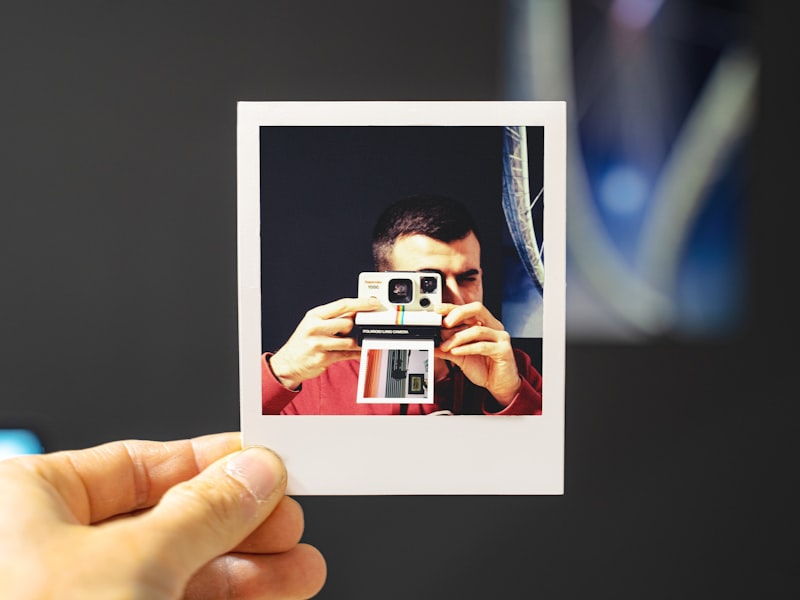Five interesting realities about How to tell if champagne is bad

How can you tell if champagne is bad?
When it pertains to champagne, there are a couple of things you can try to find to inform if it has actually spoiled. First, have a look at the color. That is a sign that it has gone bad if it has actually lost its bubbly effervescence and is now flat. The second thing you can try to find is the smell. It has most likely gone bad if the champagne smells vinegary or sour. Taste the champagne. pop over to this web-site If it is no longer sweet, however rather tastes vinegary or sour, it has actually gone bad and should be tossed out.
For how long does champagne last?
Champagne can last for a long period of time if it is stored correctly. The ideal storage temperature level for champagne is in between 45 and 50 degrees Fahrenheit. It will become too cold and lose its taste if champagne is saved at a lower temperature. If champagne is saved at a higher temperature level, it will end up being too warm and lose its effervescence. The perfect storage area for champagne is a cool, dark location.
Champagne needs to be kept in a wine rack or a red wine fridge. If you do not have a white wine cellar or red wine refrigerator, you can keep champagne in a cool, dark place in your house, such as a closet or pantry. You ought to not keep champagne in the refrigerator, as this will trigger it to lose its effervescence.
If it is kept properly, champagne can last for many years. It is best to take in champagne within two years of the purchase date. After 2 years, the quality of the champagne will start to decline.
How do you make champagne?
The 3 main types of grapes utilized in champagne are Chardonnay, Pinot Noir, and Pinot Meunier. Champagne grapes are grown in the Champagne region of France, which has a cool climate.
After the grapes are harvested, they are crushed and the juice is drawn out. The juice is then fermented in barrels or stainless-steel tanks. Throughout fermentation, the yeast transforms the sugar in the juice into alcohol.
After fermentation, the white wine is aged in barrels for a minimum of 15 months. Throughout this time, the wine goes through a process called malolactic fermentation, which provides champagne its characteristic creamy texture.
important site After aging, the white wine is mixed with a small quantity of sugar syrup and yeast. This mix is then bottled and sealed with a champagne cork and wire cage. The bottles are then positioned in a cool, dark place to age for a minimum of 6 weeks.
During this time, the yeast in the mixture consumes the sugar, causing the development of co2. This carbon dioxide is what offers champagne its bubbles.
The bottles are ready to be opened and delighted in!
What are some of the most typical indications that champagne has spoiled?
The most typical signs that champagne has actually gone bad are a loss of bubbles, a change in color, and a modification in taste. The wine might also develop a moldy or moldy smell.
How can you tell if champagne has gone flat?
Another way to tell if champagne has actually gone flat is to smell it. Flat champagne will have a less intense aroma than fresh champagne. Flat champagne will taste less sweet and less bubbly than fresh champagne.
